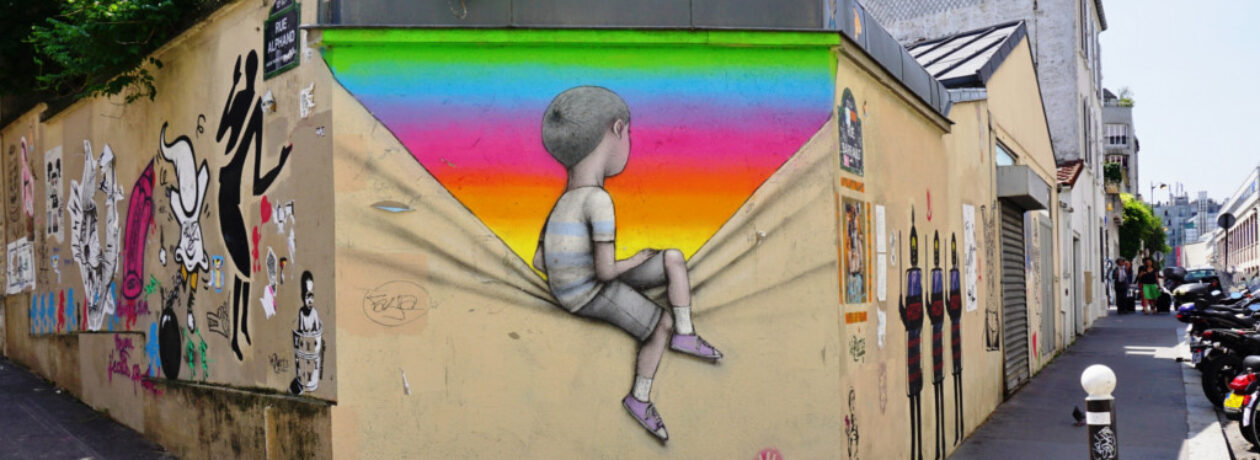
The Harry Potter series consists of seven fantasy novels that revolve around the lives of the young wizards Harry Potter, Ronald Weasley, and Hermione Granger at the Hogwarts School of Witchcraft and Wizardry. The main plot follows their struggles in their fight against the evil wizard Lord Voldemort, whose aim is to kill Harry Potter and overthrow the wizarding world’s government known as the Ministry of Magic.

The series is mainly targeted towards children and teenagers. Personally, I read the books for the first time when I was ten years old and growing up it was one of my favorite series. However, after recently re-watching the Harry Potter movies during lockdown, I noticed the adult themes and political messages within the story for the first time. Specifically, the prevalent theme of racism and prejudice.
In the wizarding world, wizards are often classified by the purity of their blood. There are three main blood types:
- pure-bloods
- half-bloods
- muggle-borns (muggle is the wizarding term for human)
A pure-blood refers to a wizard with no human ancestry, a half-blood refers to a wizard with some human ancestry, and a muggle-born is a wizard born to two human parents.
Prejudice exists against half-bloods and muggle-borns due to their human ancestry. In fact, muggle-borns are often referred to as “mudbloods”, a highly offensive term that’s similar to modern-day racial slurs. One of Voldemort’s key desires is to eradicate the wizarding world of all muggle-borns. This acts as a metaphor for ethnic cleansing. This idea is further supported by J.K. Rowling’s revelation that Voldemort was influenced by Hitler, thus illustrating that Voldemort’s belief in blood purity is similar to the Nazi party’s belief in racial purity. Similarly, it could also be compared to hate groups such as the Ku Klux Klan, who advocate for white supremacy.

Harry Potter’s main attraction will always be its ability to let its reader escape into the magical wizarding world where love potions exist and P.E. lessons consist of flying on a broom. However, I think it’s important to acknowledge these political parallels between Harry Potter and the bigotry and racial tensions that exist in modern society. Especially in light of the recent global discourse surrounding racism and the rise of the Black Lives Matter movement. Overall, the Harry Potter series does an effective job of criticizing racism. Likewise, we should do the same because as human beings we have a duty to call out social injustices and advocate for diversity and inclusion because of our shared humanity.
You place too much importance, and you always have done, on the so-called purity of blood! You fail to recognise that it matters not what someone is born, but what they grow to be!
– Albus Dumbledore (Headmaster of Hogwarts)
P.S. What other childhood stories have you recently realized have a darker meaning to them that you never noticed as a kid?

You’re right, Harry Potter deals with a lot of dark things. When I read the first two books, I was shocked how kids were able to enjoy them because I was terrified LOL! I do find it curious though that most, if not all, the Harry Potter characters are white (the human ones; in the books at least; in the play Cursed Child it was different). Though, I would NOT deduce that being racist in itself, because like you said, the series tackles the issue of racism (and slavery too — Dobby’s story).
I agree! I have noticed that the majority of the Harry Potter characters are white. The only non-white character I can think of is Cho-Chang but her character has received a lot of criticism recently for her stereotypical asian name and lack of personal identity within the story, so there’s definitely room for improvement there. I think as an author of a book targeted at children/adolescents who are so easily impressionable, and for someone who acknowledges the issue of racism in society, Rowling should be more aware of the importance of diverse representation. Also, I picked up on the slavery parallel too! There were more social issues that the series tackles that I wanted to speak about such as slavery, social hierarchy, fake news, and corrupt governments but I didn’t want the blog to be too long and couldn’t fit it all in.